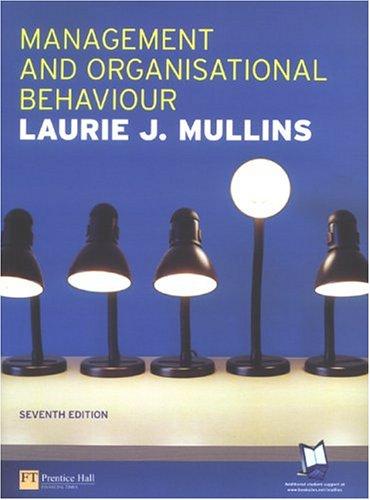Answered step by step
Verified Expert Solution
Question
1 Approved Answer
Chapter 15: Answer all the following multiple choice questions please. Question 1 {1 point} Consider Canada's employment insurance {Ell program. which provides benefits to eligible
Chapter 15: Answer all the following multiple choice questions please.








Step by Step Solution
There are 3 Steps involved in it
Step: 1

Get Instant Access with AI-Powered Solutions
See step-by-step solutions with expert insights and AI powered tools for academic success
Step: 2

Step: 3

Ace Your Homework with AI
Get the answers you need in no time with our AI-driven, step-by-step assistance
Get Started


